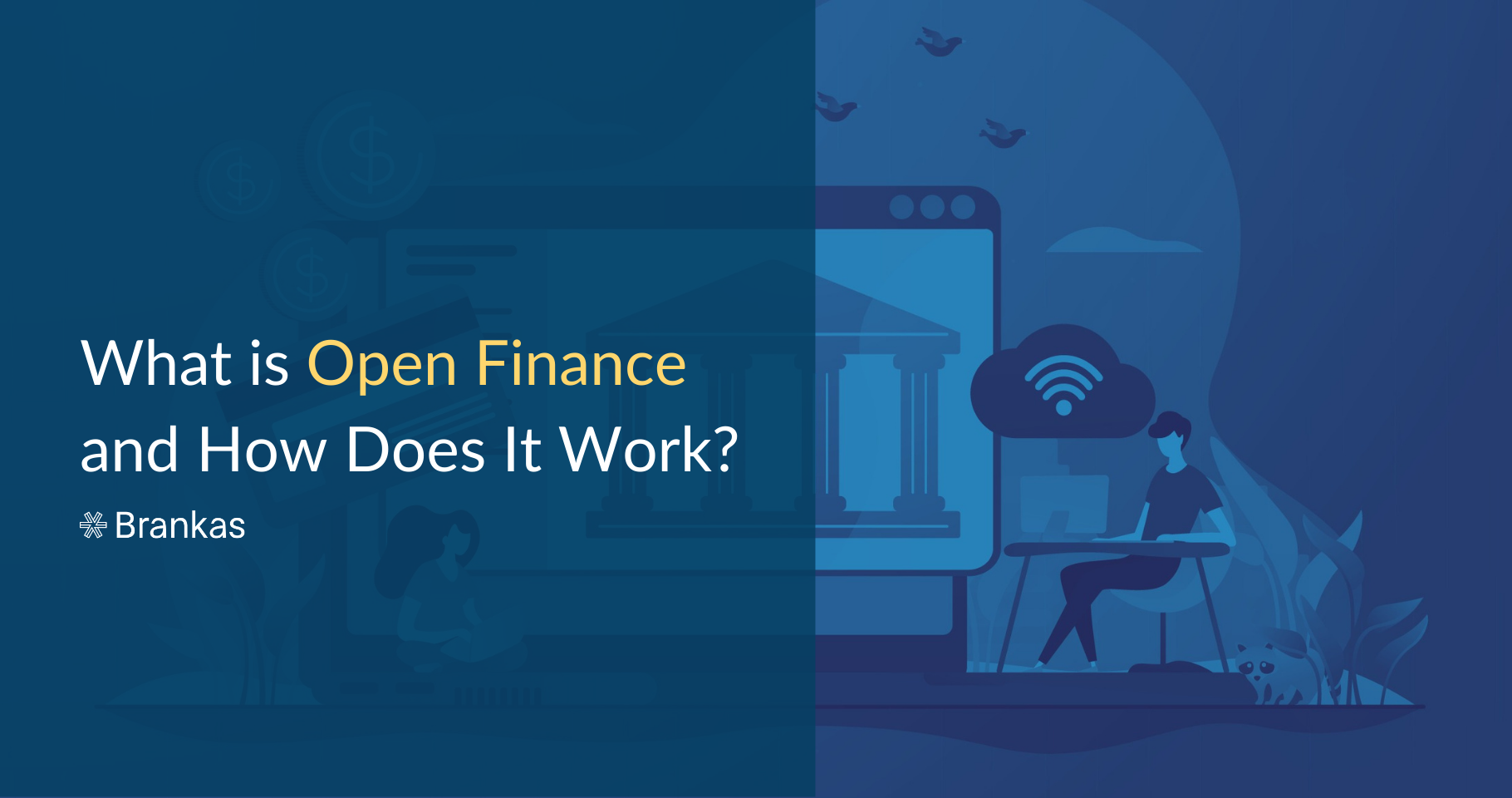
Why is fintech becoming a staple in emerging economies like the Philippines? Read about how financial technologies are performing in countries like the Philippines.

The emergence of financial services technology, more commonly known as “fintech,” has made it more convenient to pay for services and products. With just a button tap, a QR code scan, and other similar tools, fintech allows people to complete financial transactions quickly and securely.
While fintech seems useful primarily from the consumer perspective, small businesses and large corporations can also benefit from the technology. Learn the role of business fintech in this blog.
Through fintech, small and medium-sized enterprises (SMEs) and corporate businesses can operate in the digital age. For one, fintech startups are democratizing digital payments by facilitating instantaneous payments from anywhere in the world.
Check out this rundown of fintech roles and benefits for business productivity and efficiency.
Unlock banking-as-a-service for your organization
Banking-as-a-service (BaaS) is a model where non-financial organizations or non-banks offer digital banking services to operate like licensed banks.
That means even if you’re not a banking institution, you can provide services such as online payments, loans, management of mobile bank accounts, and debit card usage by integrating fintech into your system.
What’s more, you can offer these modern banking features without incurring infrastructure or overhead costs. These benefits result in better customer experience, reduced market time, and lower expenses.
Make traditional banking more open and accessible
SME fintech gives customers easy access to banking services through innovative means. Considering that 1.7 billion people worldwide remained unbanked in 2021, fintech can make banking more accessible.
With SME fintech, you empower unbanked consumers to create financial accounts, transfer funds, and pay digitally via your mobile app or company website.
SME fintech can also benefit your company’s finance management. In particular, fintech solutions offer features and tools that help streamline your business expenses, taxes, loans, and payroll management.
You can also use fintech to sign orders, invoices, and other crucial documents electronically instead of processing and distributing physical copies to concerned parties such as suppliers and banks. As a result, you can avoid delays in daily business operations and remain profitable.
Enable banking solutions through APIs
Application programming interfaces (APIs) are procedures and functions for creating applications. APIs enable you to access third-party services, operating systems, data, etc. Since your app or website is API-enabled, it can connect to your customers’ bank accounts when they need to pay you for your products or services.
Plus, SME fintech design is highly sophisticated in solving failed, inefficient, canceled, and other payment issues.
Digitalized lending for SMEs
Strict lending requirements—from credit scores to financial documentation—can hold you back from securing business funding. When that happens, your competitive edge may suffer. Fortunately, you can still take out small business loans via SME fintech lending platforms.
Through fintech, your chances of securing loans can significantly improve. Fintech’s digitalized lending enables lenders to assess creditworthiness through more advanced means like AI analysis. As such, your company can quickly find lending marketplaces that are willing to fund your business’s financial requirements.
Smarter digital payments
Among fintech’s many innovations, the ones that stand out include features that can help your business facilitate secure customer payments.
For instance, payee confirmation ensures customers or clients send payments to the correct business account instead of other companies, vendors, or suppliers. Similarly, the request-to-pay feature enables smart digital payments through unique codes delivered to the customer. Upon entering that code, the customer’s payment goes directly to your account.
Ultimately, you can leverage these SME fintech features to offer installment plans and mitigate payment-related problems like late payments, payment failure due to customer errors, and digital fraud.
The role of fintech in business is multi-faceted. For consumers, fintech offers a convenient mode of payment and access to banking services through an app, website, or wallet. Meanwhile, companies of any size can use fintech to connect with financial institutions, making business processes highly efficient and secure. Suffice it to say, fintech’s innovations will remain relevant and valuable in 2023 and beyond.
If you’re in the market for reliable financial services providers, consider Brankas. Established in 2016, Brankas aims to make financial services accessible to everyone in Southeast Asia. Our company has worked with over 80 financial institutions and banks in six different markets to improve accessibility, with 10 million monthly API calls and market coverage of 80%.
Brankas is committed to bridging the problem through robust support IT infrastructure and powerful solutions so the financial services industry can remain competitive and customer-centric. Contact us about our services today!

Why is fintech becoming a staple in emerging economies like the Philippines? Read about how financial technologies are performing in countries like the Philippines.

Like most sectors, the finance industry is seeing increased demand for digitalization to improve the customer experience. A 2021 study found that banking customers now prefer personalized and digitally-driven services. They value text alerts, opportunities to transact more efficiently, and the ability to track multiple accounts using a single dashboard.